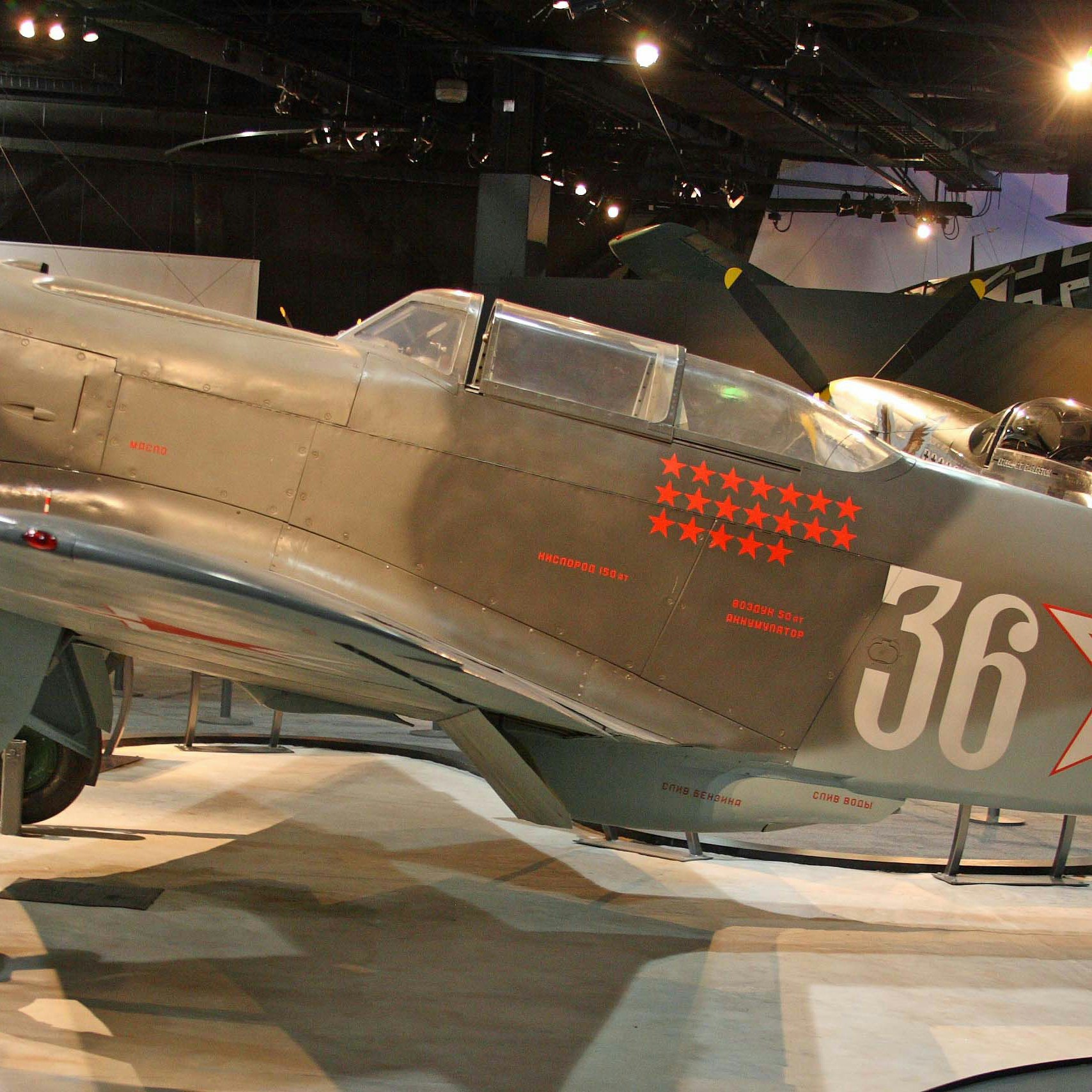

©Thomas Klinder/EyeEm/Getty Images
Overview
Blink, and it's changed: Seattle can be that ephemeral. Welcome to a city that heralds innovation and nature, always marching toward the future.
Leave the planning to a local expert
Experience the real Seattle. Let a local expert handle the planning for you.
Must-see attractions
Planning Tools
Expert guidance to help you plan your trip
Best Things to Do
From shooting to the top of the Space Needle for amazing city views to getting your fill of quality coffee, here are Seattle's top things to do.
Read full article
Best Time to Visit
Seattle has a vibrant cultural scene, top-tier attractions and incredible outdoor spaces. Forget the rain; there's no bad time to visit the Emerald City.
Read full article
Things to Know
Despite its often overcast skies, Seattle is a beautiful corner of Washington State. Here are 6 things to know before you go this Pacific Northwest gem.
Read full article
Transportation
Beat rain or traffic in the Emerald City of Seattle is a snap with its extensive and efficient web of public transportation.
Read full article
Free Things to Do
Seattle can be an expensive city to visit, but we've rounded up the top attractions that won't cost you a dime: 22 free things to do in Emerald City.
Read full article
Best Neighborhoods
See the sights, experiment with the food scene, check out local bands, find quirky art or browse at the shops in eight of Seattle's top neighborhoods.
Read full article
Day Trips
Head out into Washington State, or even all the way to Canada, with these top day trips from Seattle.
Read full article
Money and Costs
Seattle is by no means a cheap destination but with our insider tips you can vacation in the Emerald City on a tight budget.
Read full article
Traveling with Kids
How do you organize a family-friendly trip that will satisfy activity-hungry children but also be interesting for adults? The short answer: visit Seattle.
Read full article
Get a book. Get inspired. Get exploring.
in partnership with getyourguide















